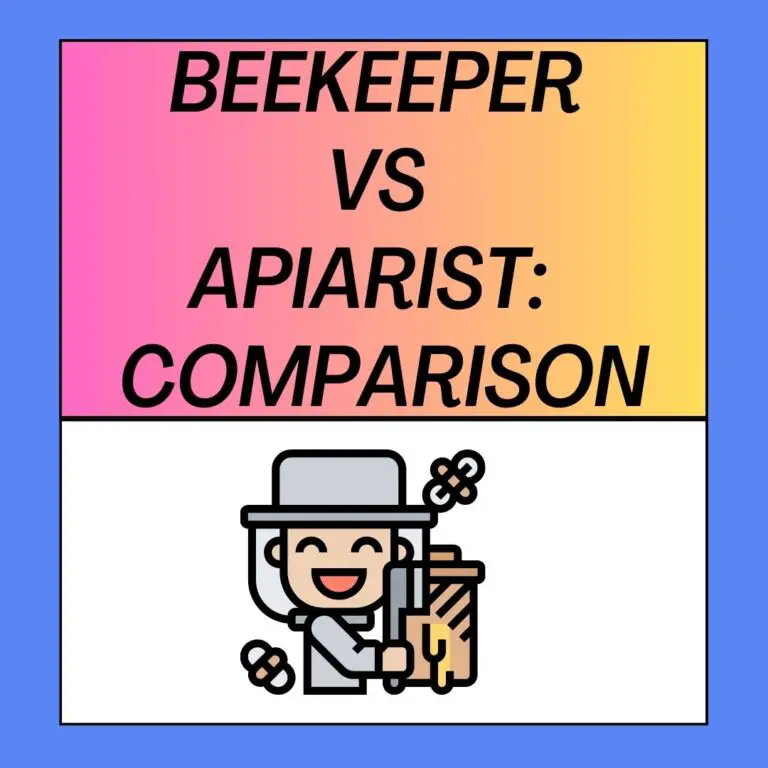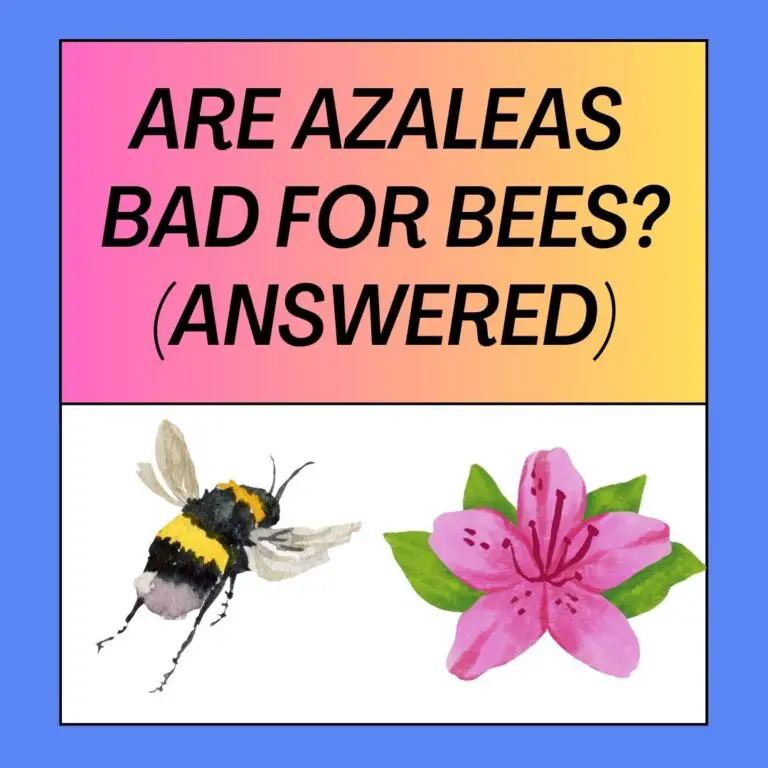
Capped honey, the honey that bees have sealed with wax in the comb, is well-preserved by the bees themselves. Under the wax cappings, honey has a very low moisture content (usually around 17-18%), which is too low to support the growth of most microorganisms, including bacteria and molds. This low moisture content, coupled with the naturally acidic pH of honey, makes it highly resistant to spoilage.
In practical terms, properly capped honey can be stored in its comb for an extended period, often for years, without spoiling. The key is to keep it in a cool, dry place and protect it from moisture. Honey’s low moisture content prevents fermentation and spoilage.
When you decide to extract honey from the comb, it’s essential to use good beekeeping practices and maintain cleanliness to avoid introducing contaminants. Stored honey should be in good condition, with no signs of fermentation, off-odors, or off-flavors.
Properly stored, extracted honey can last indefinitely without spoiling. Archaeologists have even found pots of honey in ancient Egyptian tombs that are thousands of years old and still perfectly edible.
some tips for keeping honey in good condition:
- Store in Airtight Containers: Once extracted, store honey in clean, airtight containers to prevent moisture from entering and to preserve its quality.
- Keep It Dry: Honey can absorb moisture from the air, which might affect its texture and flavor over time. Seal containers tightly to prevent this.
- Avoid Contamination: Use clean utensils and containers when handling honey. Avoid introducing foreign substances that could affect its quality.
- Cool and Dark Place: Store honey in a cool, dark place. Excessive heat can cause honey to darken and affect its flavor.
- No Need for Refrigeration: There’s no need to refrigerate honey. In fact, refrigeration can cause honey to crystallize more quickly. Room temperature storage is ideal.
Remember that honey is a natural product; its flavor and texture may change over time, but this doesn’t necessarily mean it has spoiled. Crystallization, for example, is a natural process in which honey becomes thicker and grainy. You can easily return crystallized honey to its liquid state by gently warming it in a water bath.
12 Best Ways to Store Capped Honey Frames:
- Ensure Proper Capping:
- Before storing, make sure that the honey frames are fully capped by bees. Capped frames indicate that the honey has a moisture content of around 18% or less, reducing the risk of fermentation and spoilage.
- Harvest Promptly:
- Harvest the honey from the capped frames as soon as possible after they are ready. Timely extraction helps maintain the freshness and flavor of the honey.
- Prepare for Extraction:
- Set up your honey extraction equipment in a clean and dry area. This typically includes an extractor, uncapping tools, buckets, and strainers.
- Uncap Frames:
- Use an uncapping knife or tool to carefully remove the wax cappings from the frames. Ensure that all cells are opened to allow the honey to flow during extraction.
- Extract Honey:
- Place the frames in a honey extractor, which will spin the frames to release the honey. The extracted honey will flow to the bottom of the extractor and can be collected in a bucket or container.
- Filter the Honey:
- After extraction, pass the honey through a fine mesh or cheesecloth to remove any remaining wax or debris. This step helps ensure that your honey is clean and free of impurities.
- Store in Airtight Containers:
- Transfer the extracted honey into clean, airtight containers. Glass jars with tight-fitting lids or food-grade plastic containers work well for storing honey.
- Label and Date:
- Label each container with the type of honey (if you have different varieties), the date of extraction, and any other relevant information. This helps you keep track of your honey batches.
- Store in a Cool, Dry Place:
- Place the sealed containers of honey in a cool, dry, and dark location. A pantry or cupboard away from direct sunlight and temperature fluctuations is ideal.
- Protect from Pests:
- Ensure that the storage area is free from pests like ants, which are attracted to honey. Consider placing honey containers on shelves or in plastic bins to prevent access by insects.
- Monitor for Crystallization:
- Over time, honey may crystallize, forming sugar crystals. This is a natural process and doesn’t spoil the honey. To return crystallized honey to a liquid state, gently warm the container in a water bath.
- Maintain Proper Moisture Levels:
- Keep the storage area dry to prevent excess moisture absorption by the honey. Using a dehumidifier can help maintain low humidity levels.
By following these steps, you can ensure that your capped honey frames are properly stored, maintaining the quality and flavor of your honey until you’re ready to enjoy it or share it with others.
Related Questions About Capped Honey Extraction
- How Long Can I Leave Honey in Frames Before Extracting?:
- Honey in capped frames can be left for several months to a year, depending on storage conditions. However, it’s best to extract honey within a few weeks to maintain its freshness and prevent fermentation or crystallization.
- Does Uncapped Honey Go Bad?:
- Uncapped honey has a higher moisture content and is more susceptible to fermentation and spoilage. It can go not be nice if left for an extended period. Beekeepers typically avoid extracting uncapped honey.
- Can Capped Honey Ferment?:
- Capped honey with a moisture content below 18% is highly resistant to fermentation. Properly capped honey in the comb is unlikely to ferment if stored correctly.
- Will Capped Honey Crystallize?:
- Yes, honey, whether capped or not, can crystallize over time. Crystallization is a natural process and doesn’t indicate spoilage. You can gently heat crystallized honey to return it to a liquid state.
- Does Honey Have to Be Capped to Harvest?:
- Honey doesn’t have to be capped in the comb to be harvested, but it’s a good indicator of honey readiness. Capping indicates that the honey’s moisture content is below 18%, making it less prone to fermentation.
- How Do You Store Capped Honey?:
- Extract capped honey from frames and store it in airtight containers, such as glass jars or food-grade plastic containers for long-term storage. Could you keep it in a cool, dry, and dark place?
- Will Bees Eat Capped Honey?:
- Bees will consume honey if they need it for sustenance. If frames of capped honey are left accessible to bees, they may eat it. To prevent this, store honey frames away from the bee colony in a secure location.
Conclusion
Proper storage and timely extraction are key to preserving the quality of your honey. If you plan to store honey frames for an extended period, consider using a dehumidifier in your storage area to maintain low humidity levels and reduce the risk of moisture absorption by the honey.
In summary, capped honey in the comb can be kept for an extended period before extraction without spoiling, thanks to its low moisture content and natural preservatives. Once extracted, properly stored honey can last indefinitely if kept in a cool, dry, and airtight environment.






